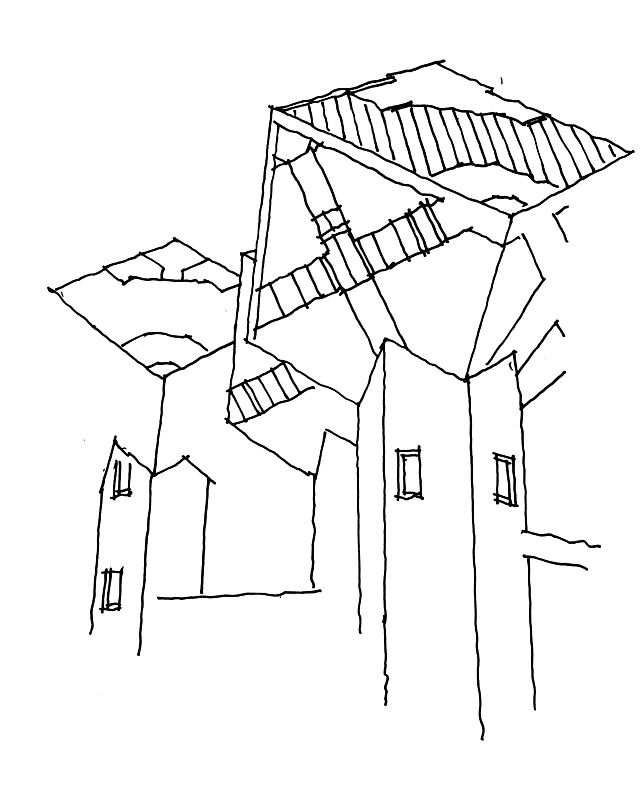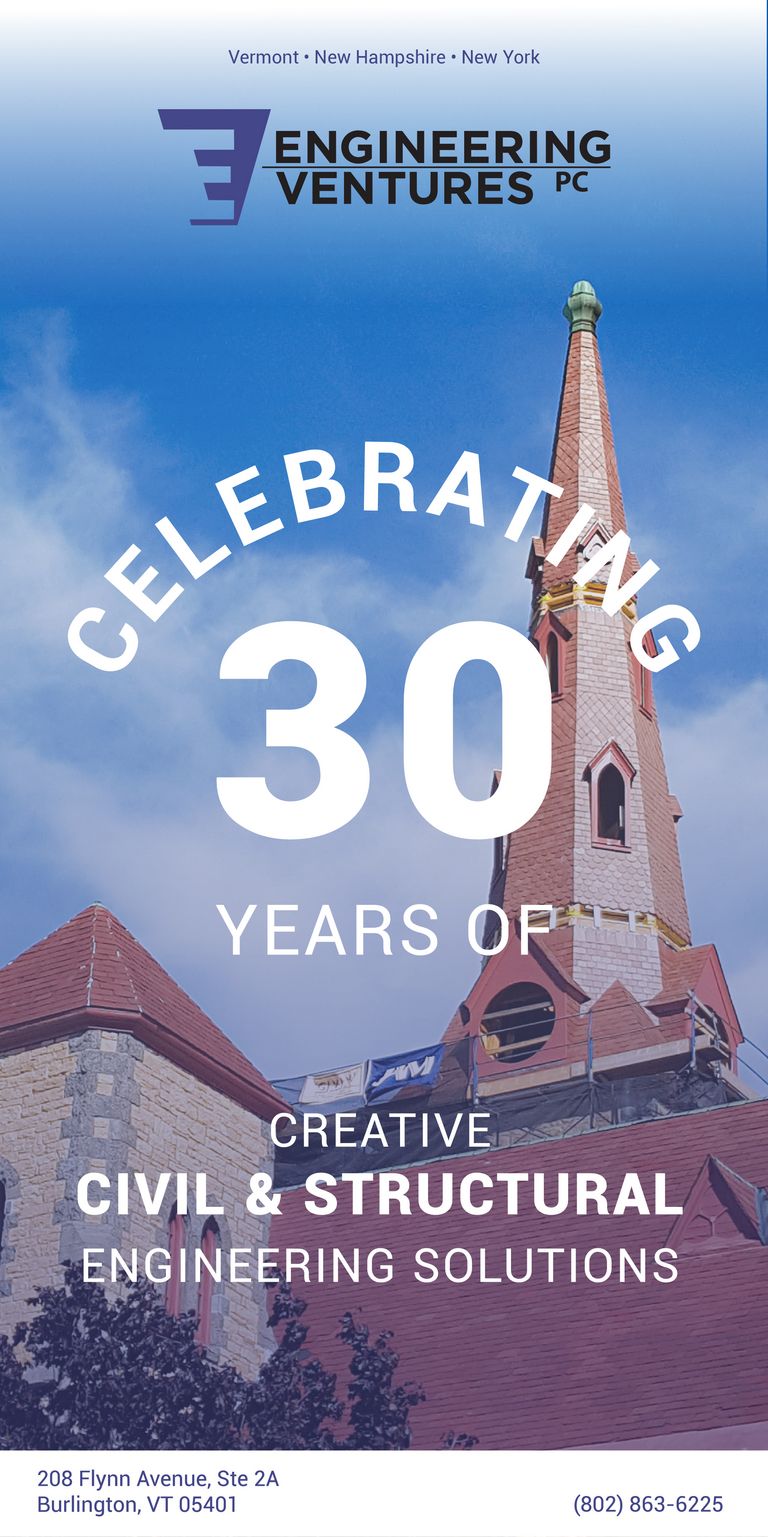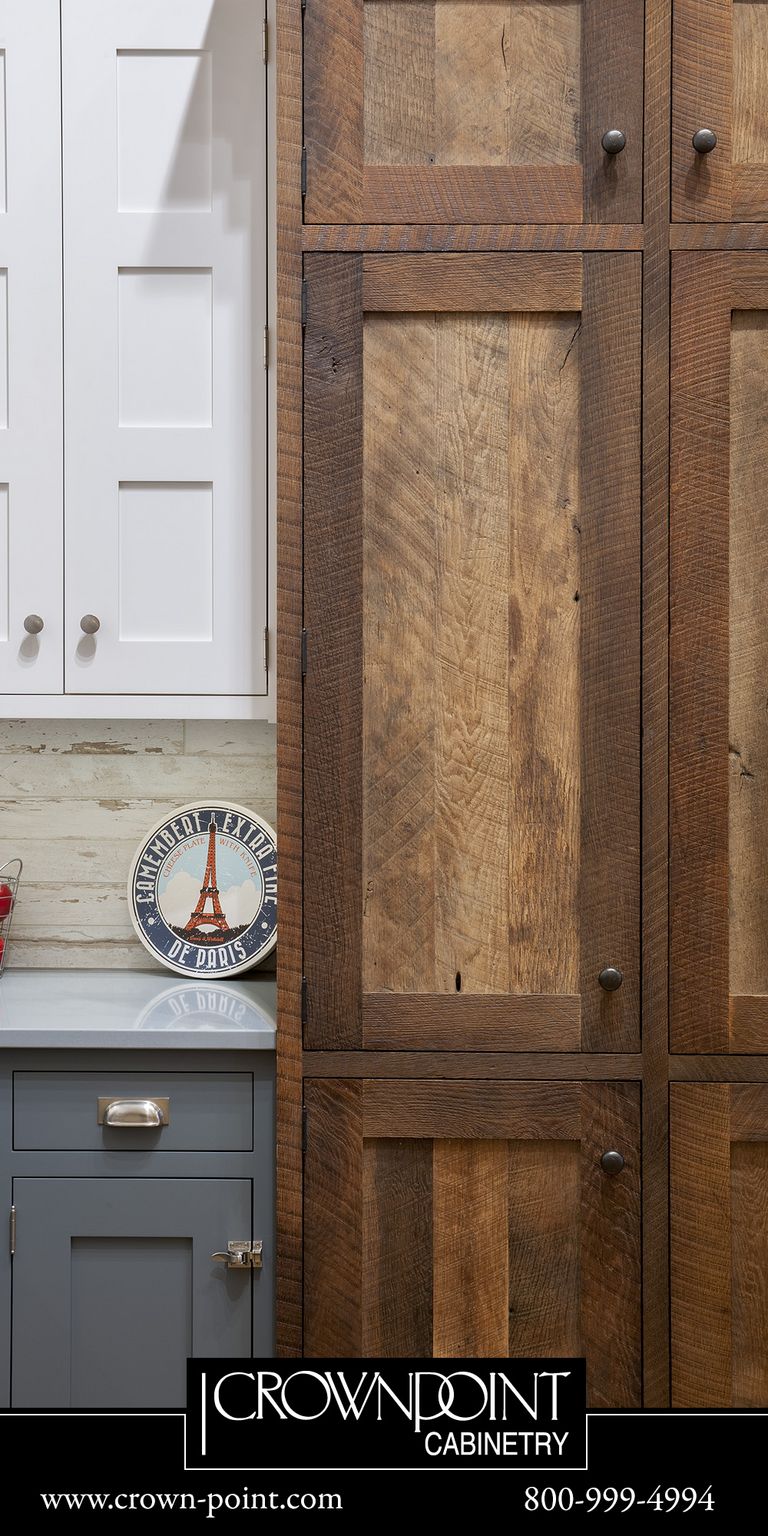The Interview
by Rolf Kielman, AIA
I decided to move to the Netherlands. I was born there, and my family had immigrated to Canada in 1953 when I was six. Now, with college behind me, I sold my car and moved to The Hague. I lived for a time with my Aunt and Uncle, Cor and Siem. They were great, and I loved them. But I needed a job. I started to look for employment, and my aunt was keen to help. She scanned the want ads of the Haagsche Courant.
I wanted to work with architects. I’d studied studio art at Dartmouth College and had gotten a glimpse of architecture. I took architectural studio classes with Roy Banwell and a beginning class in urban design and community planning with Hollister Kent. Hugh Morrison taught architectural history. He was a Louis Sullivan scholar but introduced me to Team Ten—the Smithson’s from England, and the Dutch designers Bakema, Hertzberger, and Aldo Van Eyck. I wanted to meet these people and, even more, I wanted to work for them!
But I wasn’t qualified. I had very little knowledge and like many at my young age, didn’t know what I didn’t know. So, I boldly started my job search. I had a roll of undergraduate drawings and a cardboard model of a ski cabin I’d designed for a hillside site north of Hanover, New Hampshire. I was sure that someone would be interested in my stuff.
I phoned and, in my very basic Dutch, managed to arrange a few interviews in Amsterdam. I felt encouraged. I bundled up my portfolio of sketches and my lone model and was off—I was confident they would want me. What an arrogant little twit!!
First, I met with Herman Hertzberger. He was a very thoughtful man running a smallish office. It was nothing glamorous, and he complained about a lack of work. They had a few projects, but nothing I could help with. Herman suggested I visit with Van Eyck, so I did. Again, I got a nice reception. He was friendly and seemed interested in what I’d been doing. But he didn’t have enough work and no openings for someone at my level. Aldo was encouraging, though, and suggested that I visit with Piet Blom. He said he would call him for me.
I arrived at Blom’s modest office to learn that I had just missed him. The receptionist said that Mr. Van Eyck had called on my behalf and assured me that Piet would be back and that I should wait a bit. After an hour passed, she said that perhaps I should come back another day. I left and went back into the summer sun. Carrying my portfolio of stuff, I crossed a bridge that was designed by Piet Kramer of the Amsterdam School. As I admired the brickwork and extended my neck to see below, someone tapped me on the shoulder. It was Piet Blom. He apologized for missing our appointment. I think he’d caught hell from his receptionist and wanted to make it up to me. He asked me to spread my drawings out right there on the bridge’s broad brick rail. Boats chugged along below us. He seemed to like my work and, in particular, my ski house model—a cubistic cabin perched precariously on the hill. He studied it very carefully—I could tell he liked it—but he also had little work, and nothing suited to my capabilities. He lauded my efforts and suggested I go to Delft. He knew a firm there looking for people. He would call on my behalf.
So that was my escapade to Amsterdam to visit the famous architects I knew. Well of course. Morrison didn’t teach about the non-famous architects. Stands to reason now looking back. I still admire my own spirit, my boldness … who would have done this? I’m a bit embarrassed by it still.
I got the job in Delft, worked there for several years, and learned a lot. I went back to Amsterdam several times and met up once more with Piet Blom to thank him for helping me. I sensed it was what architects do. They love their craft and are eager to help others find their place. In retrospect, I realize now that these early encounters influenced me. Van Eyck, Blom, Hertzberger all agreed to meet me. They didn’t know me. I was just a brash young man from North America. And yet, they gave their time and helped me in their own best way. It was a lesson that slowly resonated with me. At first, it was subconscious, but as my career progressed, I realized how much I enjoyed meeting recent graduates who so enthusiastically brought their passion for architecture and work to our studio office. Hopeful for a job or perhaps just for acknowledgment and encouragement in their future endeavors. Little do they realize how much joy I find in these encounters. It’s great to see the work of these young people and to learn from them.
Clearly, some of my predecessors learned, as well. Piet Blom went on to design a forest of cube houses, first in Eindhoven and later in larger numbers in Rotterdam. They are referred to as paal woningen or pole houses. Each cube is turned on its point and linked downward into a concrete column or pole that “nourishes” the cube plant above—such a brilliant metaphor for a country with few trees and forests. It is quite an assemblage and remarkably similar to my little cube of a ski house that was never built in the hills above Hanover.





